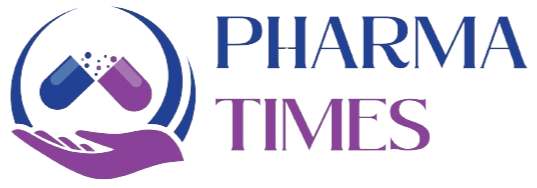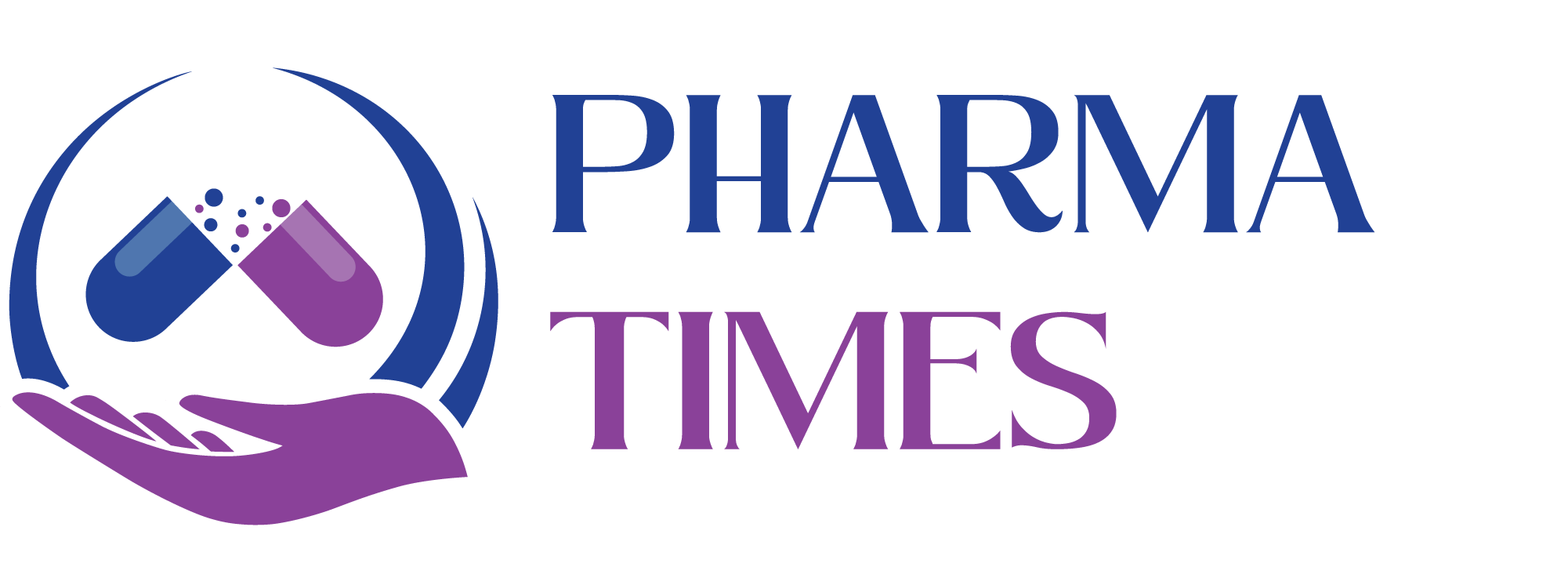6 Ways to Reduce Human Errors in Pharmaceuticals

6 Ways to Reduce Human Errors in Pharmaceuticals
Human error is one of the leading causes of deviations, batch failures, and regulatory findings in the pharmaceutical industry. A proactive approach can significantly minimize mistakes and improve compliance.
1. Strengthen Training & Competency Programs
-
Provide role-specific GMP training and refreshers.
-
Use practical, hands-on sessions instead of only theoretical learning.
-
Verify competency through assessments and periodic requalification.
2. Simplify and Standardize SOPs
-
Write clear, concise, and user-friendly SOPs.
-
Use flowcharts, visuals, or stepwise instructions to avoid confusion.
-
Regularly review and update SOPs to match current practices.
3. Improve Workplace & Process Design
-
Apply ergonomics and lean principles to reduce complex or error-prone steps.
-
Standardize labeling, color coding, and visual controls.
-
Remove distractions and ensure adequate lighting and space in critical areas.
4. Implement Automation & Technology Controls
-
Use barcoding, RFID, and electronic batch records to reduce manual data entry errors.
-
Apply system checks, alarms, and interlocks to prevent incorrect operations.
-
Ensure computerized systems comply with 21 CFR Part 11 / Annex 11.
5. Strengthen Supervision & Double-Checks
-
Require independent verification for critical steps (e.g., line clearance, dispensing, reconciliation).
-
Encourage supervisors to proactively monitor high-risk activities.
-
Establish a culture of accountability and responsibility.
6. Foster a Culture of Quality & Continuous Improvement
-
Promote a “right first time” mindset.
-
Encourage employees to report near-misses without fear.
-
Use root cause analysis (RCA) to learn from errors and prevent recurrence.
✅ Conclusion:
By combining training, simplified SOPs, better process design, automation, supervision, and a strong quality culture, pharmaceutical companies can significantly reduce human errors, improve compliance, and enhance patient safety.
🎓 Discover one of the best Complete Pharmaceutical Quality Assurance Course available —click below to explore the course that’s shaping future in QA Course skills.

